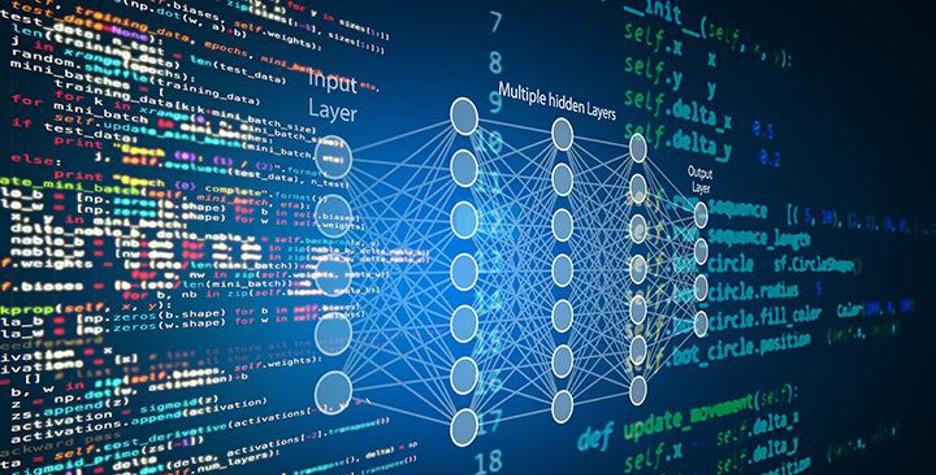Meta Learning: A Step Closer to Real Intelligence BY SALIFYANJI NAMWILA '24 Cover Image: A Deep Neural Network. Deep learning, a technique in machine learning, has become crucial in the domain of modern machine interaction, search engines and mobile applications, revolutionizing modern technology by mimicking the human brain and enabling machines to reason independently. Even though the concept of deep learning extends to various industries, certain Machine Learning (ML) approaches like supervised learning that employ deep learning require huge amounts of input data, which is ultimately expensive to create especially for specific domains of tasks. The challenge then is for data scientists and ML engineers to create actionable real-world algorithms most effective for given tasks even with limited input data set. This is where meta learning pitches in. Image Source: Wikimedia Commons
35
A Brief Introduction to Machine Learning, Deep Learning and Neural Networks Machine learning, Deep Learning, and Neural Networks are all sub-fields of Artificial Intelligence (AI) and Computer Science. Machine Learning is a branch of AI that focuses on the use of data and algorithms to imitate the way that humans learn; it allows software applications to become more accurate at predicting outcomes without being explicitly programmed to do so (Burns, 2021). Deep learning is a sub-field of machine learning, and neural networks is a subfield of deep learning. Deep learning and machine learning differ in how each algorithm learns. Deep learning eliminates some of the manual human intervention required in the process and enables the use of larger datasets by automating much of the feature extraction process. Feature extraction in Deep/Machine learning is a process that aims to reduce the number of features in a dataset by creating new features from the existing ones, summarizing most of the information contained in the original set of features (Ippolito, 2019). Classical machine learning on the other hand is more dependent on human intervention. Human experts determine the set of features
to understand the differences between data inputs, usually requiring more structured data to learn (IBM Cloud Education, 2020). Neural networks, or artificial neural networks (ANNs), are comprised of node layers, containing an input layer, one or more hidden layers, and an output layer. Each node, or artificial neuron, connects to another and has an associated weight and threshold. If the output of any individual node is above the specified threshold value, that node is activated, sending data to the next layer of the network (Jiaxuan et al, 2020). The ‘deep’ in deep learning refers to the depth of layers in a neural network. A neural network that consists of more than three layers- which would be inclusive of the inputs and the output- can be considered a deep learning algorithm or a deep neural network (IBM Cloud Education, 2020). A neural network that only has two or three layers is just a basic neural network. Some methods used in supervised learning include neural networks, logistic regression, support vector machine (SVM), random forest, and more.
Some Types of Machine Learning Machine learning classifiers fall into three primary categories: Supervised machine DARTMOUTH UNDERGRADUATE JOURNAL OF SCIENCE











